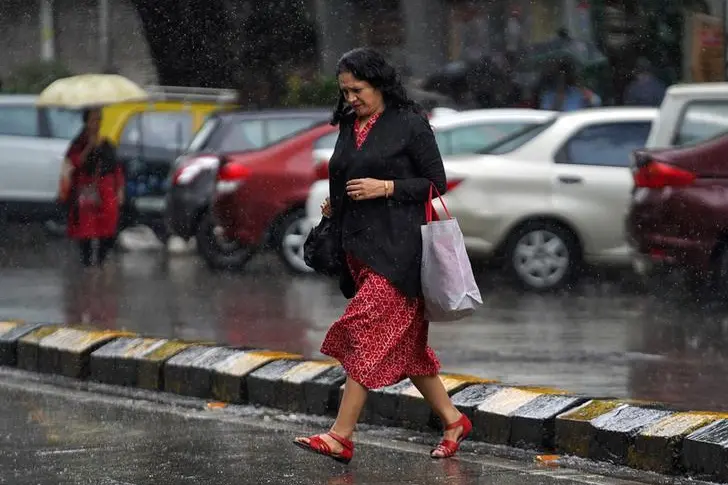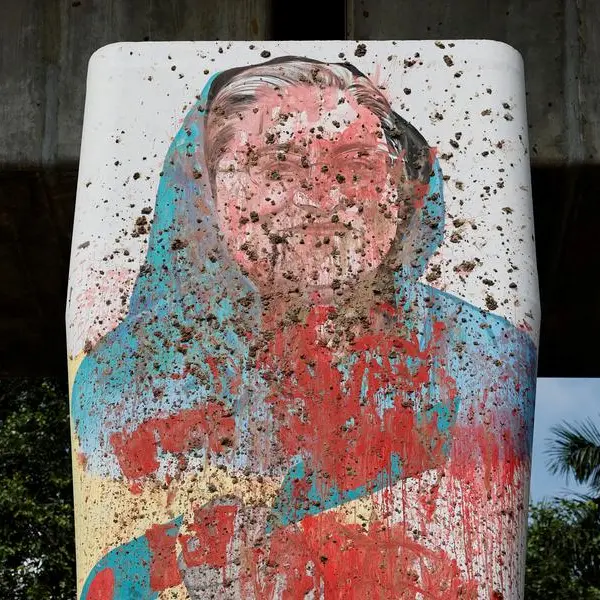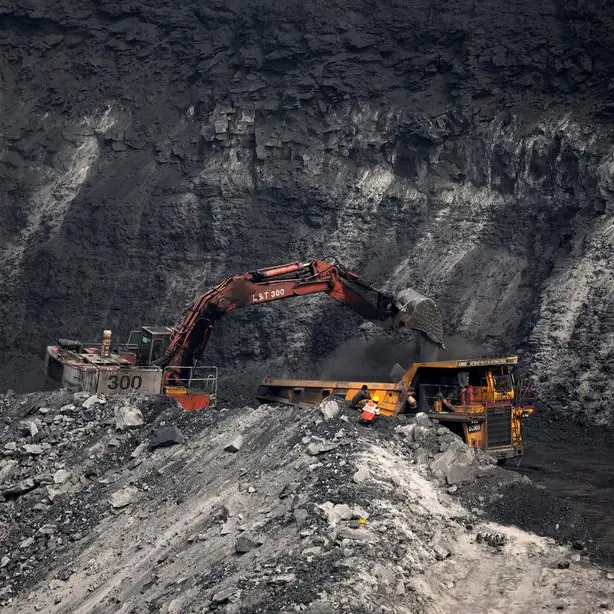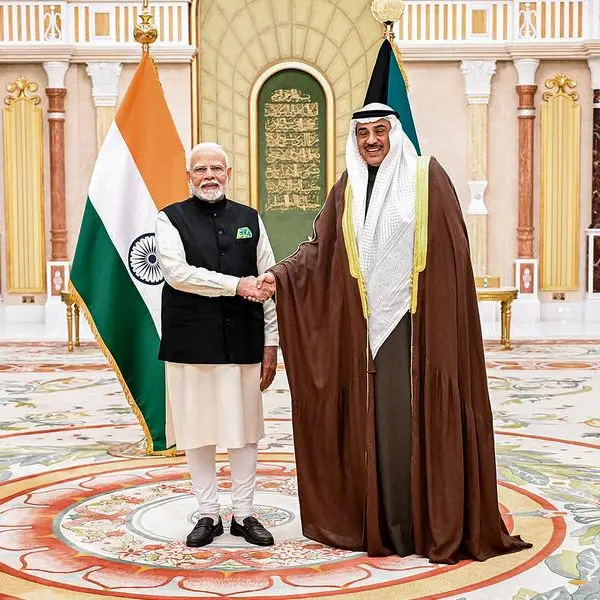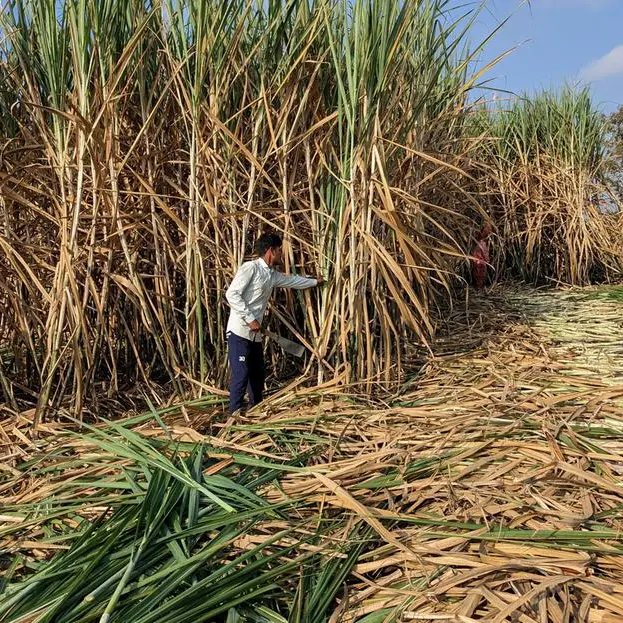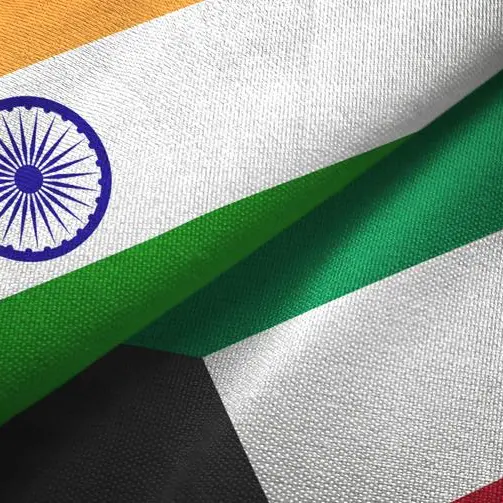PHOTO
India’s annual monsoon has covered more than three-fourths of the country and it is set to cover the entire country on time for the planting season despite stalling earlier this month, two senior weather officials said on Thursday.
Summer rains, critical for economic growth in Asia’s third-largest economy, usually begin in the south around June 1 before spreading nationwide by July 8, allowing farmers to plant crops such as rice, cotton, soybeans, and sugarcane.
“Monsoon is advancing quickly in northern India and will cover the entire country on time,” said an official of the India Meteorological Department (IMD).
The southwest monsoon advanced on Thursday, covering more parts of Rajasthan, most of Madhya Pradesh, additional areas of Uttar Pradesh, Bihar, and nearly all of Uttarakhand and Himachal Pradesh, the IMD said in a statement. India has received 19% less rainfall since June 1, IMD data showed, as the monsoon’s progress had stalled, with almost the entire country except for a few southern states experiencing shortfalls and parts of the northwest gripped by heatwaves.
The lifeblood of the nearly $3.5tn economy, the monsoon brings nearly 70% of the rain India needs to water farms and refill reservoirs and aquifers.
Without irrigation, nearly half of the farmland in the world’s second-biggest producer of rice, wheat, and sugar depends on the annual rains that usually run from June to September.
© Gulf Times Newspaper 2022 Provided by SyndiGate Media Inc. (Syndigate.info).Summer rains, critical for economic growth in Asia’s third-largest economy, usually begin in the south around June 1 before spreading nationwide by July 8, allowing farmers to plant crops such as rice, cotton, soybeans, and sugarcane.
“Monsoon is advancing quickly in northern India and will cover the entire country on time,” said an official of the India Meteorological Department (IMD).
The southwest monsoon advanced on Thursday, covering more parts of Rajasthan, most of Madhya Pradesh, additional areas of Uttar Pradesh, Bihar, and nearly all of Uttarakhand and Himachal Pradesh, the IMD said in a statement. India has received 19% less rainfall since June 1, IMD data showed, as the monsoon’s progress had stalled, with almost the entire country except for a few southern states experiencing shortfalls and parts of the northwest gripped by heatwaves.
The lifeblood of the nearly $3.5tn economy, the monsoon brings nearly 70% of the rain India needs to water farms and refill reservoirs and aquifers.
Without irrigation, nearly half of the farmland in the world’s second-biggest producer of rice, wheat, and sugar depends on the annual rains that usually run from June to September.
